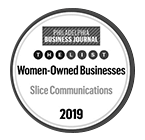Getting stories from your organization told by the right media outlet with the right audience can hypercharge your brand. The impact of one success story can be limitless. One product placement can introduce it to new audiences. One person’s experiences can generate donations from new donors. One expert’s opinion can throw you to the forefront of an industry.
But you can’t just snap your fingers and get these stories shared with broader audiences. Traditional media outlets, like newspapers and broadcast, have shrinking newsrooms with fewer full-time writers and more freelancers who bounce between beats. And while there are more modern outlets like blogs and podcasts, finding ones that will actually make a difference for your business can be difficult.
Generating Media Coverage
In the past, media relations were just writing a press release and sending it out to news outlets. Today, that’s not enough, and there are several different methods to generate attention.
Press Releases
Press releases are formal announcements for major business milestones, including new hires and partnerships, product launches, new services, locations, and more. They include all the pertinent information reporters need to write a story, including the “5 Ws” — who, what, where, when, and why, along with attributed quotes to bring the announcement to life.
Pitching
Pitching is the process of developing original stories and news angles that are relevant to reporters’ audiences. Ideally, the best pitches tie in trending news and information with areas of expertise for your organization. Pitching involves a mixture of creativity to identify what’s relevant to today’s reporters, while also the tactical execution to reach reporters and cut through the clutter of their inbox.
Bylined Articles and Op-Eds
A bylined article is attributed to a specific source rather than a reporter and tends to be based on a specific viewpoint. Since they focus on articulating views and opinions, they are useful for positioning an organization as a leader and clearly articulating key messages, with the added benefit of third-party credibility.
Editorial Briefings
Editorial briefings are educational opportunities where your business has the opportunity to sit down and talk through everything your company has going on with reporters. This helps develop deeper relationships with reporters and can lead to several stories over time.
Newsjacking
Newsjacking focuses on identifying trends in the news cycle and finding ways to organically fit your organization into the story. This approach forces you to listen to what is happening in the world, connect with reporters who have started the discussion on the issue at hand, and respond with a new perspective or insight.

See how Slice successfully reinvented a typical groundbreaking event for Parkway Corporation’s 2222 Market Street project due to challenges related to COVID-19.
Our PR Agency Capabilities
Slice Communications was founded as a public relations firm, and our team has decades of experience engaging with media and securing placements in local, regional, and top-tier national outlets. Learn more about the PR services we provide below.

Public Relations Strategy
A public relations team’s first step is to create a campaign with a clear strategy. To start, businesses need to know where their competitors are being featured and what types of coverage they’re getting. From there, clear, concise key messaging is key to standing out from the competition. This messaging needs to be clearly articulated and understood by leadership and spokespeople. Following this, the process unfolds with tactical execution, pitching, and reporting.

Media Relations
Just like everyone else, reporters need content. Media relations means developing original news hooks and angles on behalf of our clients, carefully crafting messages that incorporate key messaging points, and reaching out to relevant targets to share the story.

Press Materials and Media List
Press kits are an essential part of any media relations strategy. They aim to give reporters a simple guide to your business before an interview or for writing a story. They include a range of features depending on the organization, but they almost always include editorial bios for key organizational leadership; an overview of the organization with key facts and figures, brand messages, and a brief history; and FAQs to clarify common questions.

Industry Relations
Aside from engaging with reporters, the best organizations also engage with industry influencers to ensure their name is top-of-mind. Speaking at industry events and in front of industry groups and associations ensures that you’re viewed as a leader in the field. Awards opportunities showcase this leadership further and serve as a point of pride for organizations.

Media Monitoring and Analytics
In order to make the most effective tactical decisions, organizations need to know what is being said about themselves, their competitors, and the industry. Media monitoring involves tracking key news, industry trends, and competitor coverage to ensure your organization is informed and ready to engage with the media about what’s important at the moment.

Media Training
An interview with a reporter is unlike any conversation you have with anyone else. That’s because your job is not to answer questions; it is to deliver your messages. Spokespeople need to be aware of the nuances of different types of interviews and know how to articulate their key messages in different scenarios.
Need Help with Your PR Strategy?
Public relations is not done in the blink of an eye. Building and maintaining the right media relationships takes time. Our team can help! Contact us today to get started on your PR strategy.








